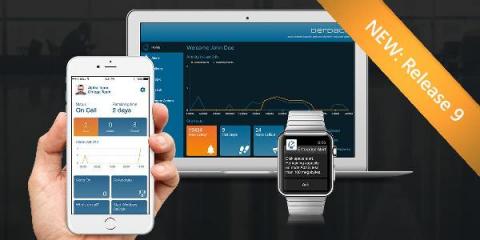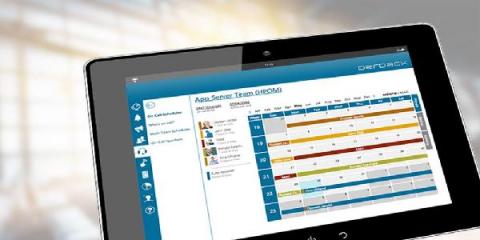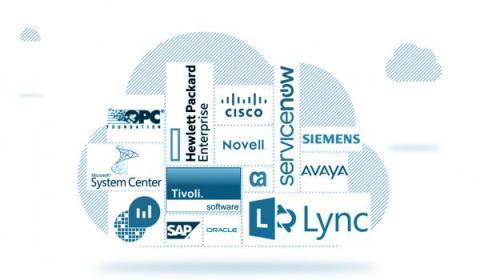Enterprise Alert 9 is now officially available!
We are excited announcing the release of the 9th generation of our alerting signature product Enterprise Alert! Release 9 contains exciting new features and improvements. Read about all the details in this blog article.








